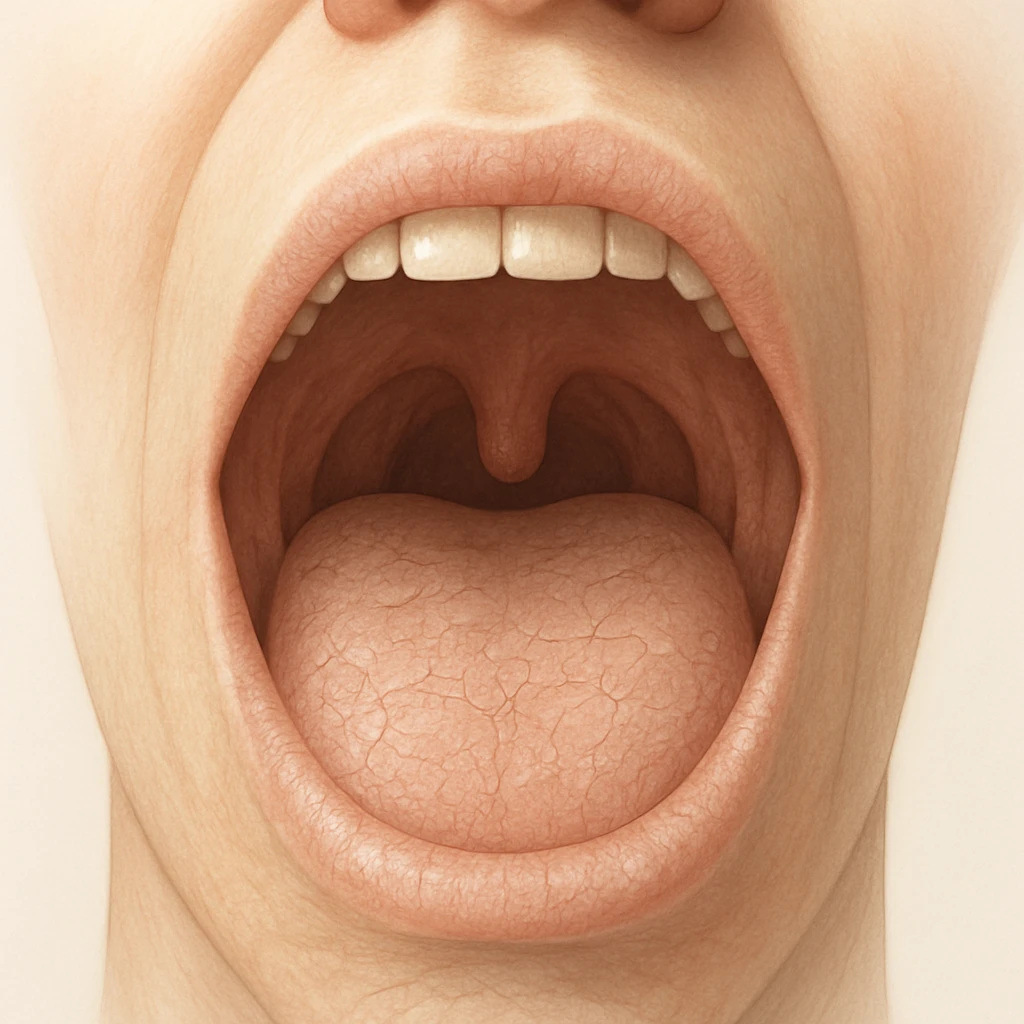Understanding Post Nasal Drip: Causes, Symptoms, Diagnosis, and Treatment Options
What is Post Nasal Drip?
Post nasal drip (PND) refers to the sensation of mucus accumulating in the back of the throat. This occurs when excess mucus produced in the nasal passages drips down the throat, causing discomfort. It is a common symptom and not a condition on its own. People with PND often experience irritation in the throat and may feel the need to clear their throat frequently.
What is Post Nasal Drip?
Post nasal drip is a symptom, not a disease. It occurs when mucus from the nasal passages drips down the back of the throat, causing discomfort and irritation.
Common Causes of Post Nasal Drip
PND is frequently associated with underlying conditions, particularly those that affect the nasal passages and throat. Some common causes include:
- Sinonasal diseases such as sinus infections or rhinitis, which increase mucus production.
- Laryngopharyngeal reflux, where stomach acid irritates the throat, leading to increased mucus secretion.
- Upper Airway Cough Syndrome (UACS), which may overlap with PND as mucus buildup can trigger coughing.
Although PND and UACS can present similarly, UACS is typically considered a distinct diagnosis.
Common Causes of Post Nasal Drip
Post nasal drip (PND) can result from several underlying conditions, most of which affect the nasal passages, throat, or stomach. Identifying the specific cause is important for determining the most effective treatment plan. Some of the most common causes of PND include sinonasal diseases, laryngopharyngeal reflux, and allergies. Additionally, it is important to recognize that conditions like Upper Airway Cough Syndrome (UACS) may present similarly to PND.
Sinonasal Diseases and PND
Sino-nasal conditions, such as sinus infections (sinusitis) and rhinitis, are among the most common causes of post nasal drip. These conditions lead to inflammation of the nasal passages and sinuses, which in turn increases mucus production. The excess mucus then drips down the back of the throat, causing the characteristic sensation of PND. Sinus infections often produce thick, colored mucus, while allergic rhinitis can cause watery mucus to drip down the throat.
Laryngopharyngeal Reflux and Its Role
Laryngopharyngeal reflux (LPR) occurs when stomach acid flows back into the throat and larynx, irritating the mucous membranes. This irritation can cause the body to produce more mucus as a protective mechanism, which then leads to PND. LPR is commonly associated with symptoms like hoarseness, sore throat, and frequent throat clearing, which overlap with the symptoms of PND.
Allergies as a Cause of PND
Allergic reactions to environmental triggers such as pollen, dust, pet dander, or mold are also a common cause of post nasal drip. When a person is exposed to allergens, the immune system responds by releasing chemicals like histamine, which can cause the nasal passages to become inflamed and produce excess mucus. This excess mucus drips down the back of the throat, contributing to the symptoms of PND.
It is important to distinguish between PND and other conditions that may present similarly, such as Upper Airway Cough Syndrome (UACS), which is caused by the same mucus buildup. While the two conditions share many symptoms, they are considered distinct diagnoses, requiring different approaches to treatment.
Recognizing Symptoms of Post Nasal Drip
Post nasal drip (PND) is characterized by the sensation of mucus dripping down the back of the throat. While this may seem like a minor annoyance, it can significantly impact daily life, leading to discomfort and persistent symptoms. Common symptoms of PND include chronic coughing, throat irritation, and the feeling of mucus accumulation in the throat. Understanding these symptoms is key to recognizing PND and seeking appropriate treatment.
Primary Symptoms: Mucus and Cough
The most noticeable symptoms of PND are the sensation of mucus dripping down the back of the throat and a chronic cough. The mucus, which can be thin and clear or thick and colored, irritates the throat, leading to the constant need to clear it. The cough, often dry or non-productive, can be persistent, especially in the morning or after lying down. In some cases, the cough can become disruptive, affecting daily activities and sleep.
Co-occurring Symptoms: Sore Throat and Congestion
In addition to the primary symptoms of mucus and cough, PND may also cause other discomforts, including a sore throat and nasal congestion. The irritation from mucus dripping down the throat can lead to inflammation, causing pain or a scratchy feeling. Nasal congestion often accompanies PND, especially in cases where the condition is triggered by sinus issues or allergies. Some individuals may also experience purulent nasal secretions, which can be yellow or green in color, although these are not always linked to chronic coughing.












